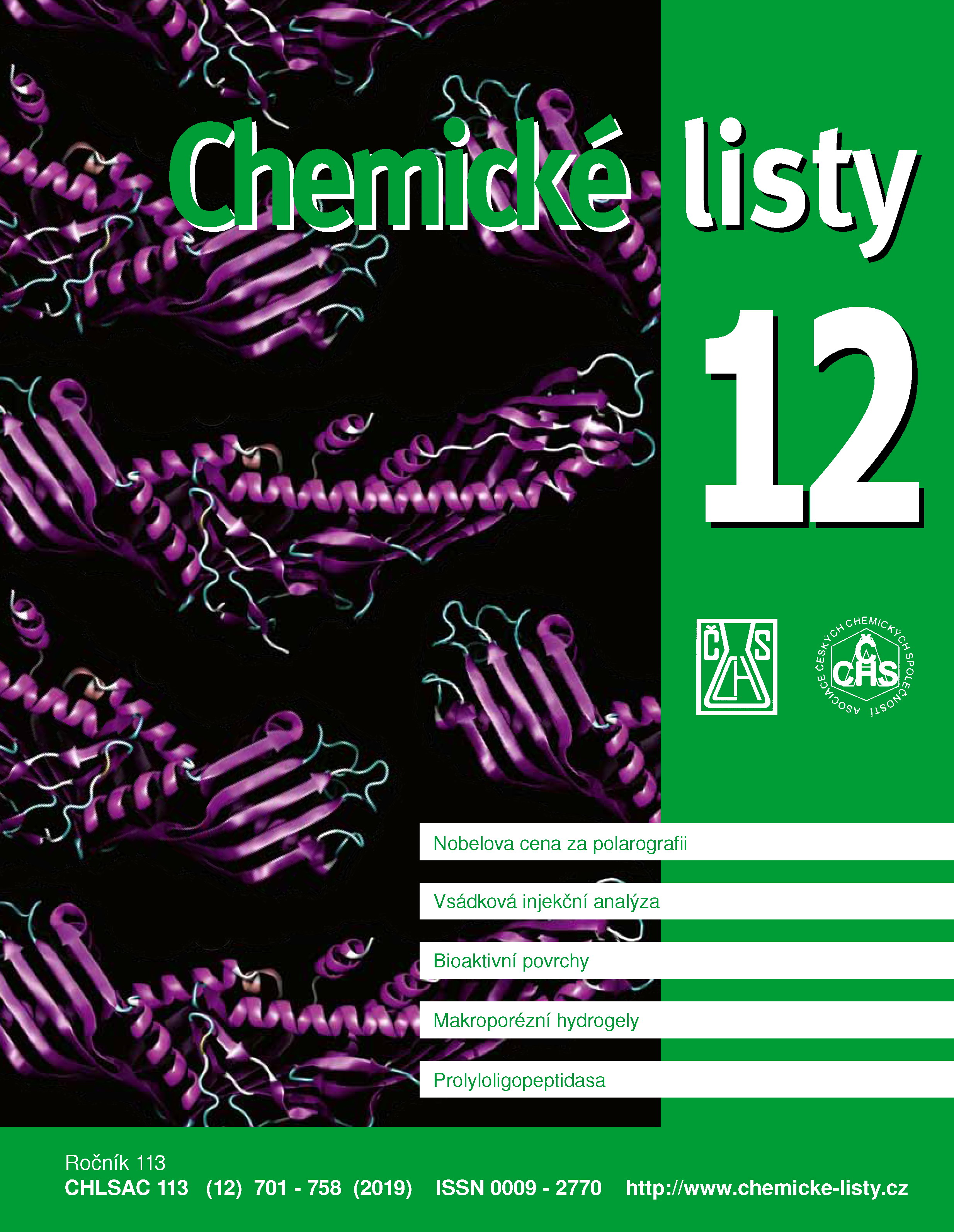Macroporous Hydrogels for Cell Cultivations and Their 3-D Visualization
Keywords:
macroporous hydrogel, confocal microscopy, 3D reconstructionAbstract
Macromolecular hydrogels provide model synthetic substrates widely applied in biomedical research, especially for studies of the cellular settlement. Today, hydrogels are tailored with respect to specific needs of the given model or a real tissue. Key characteristics of the hydrogel substrates are their chemical composition, morphological structure, and, most notably, the porosity and its topology: size, shape, and mutual connectivity of pores. To develop new substrates, it is therefore necessary to use methods for the visualization and reconstruction of their inner structure in space and to characterize, if possible quantify, its parameters, such as the total volume of the pores, the fraction of communicating pores, characteristic patency and the total area of the inner walls of the connecting corridors. Fluorescent confocal microscopy in combination with an advanced software represents an efficient method to determine parameters mentioned above, in order to characterize hydrogels in situ, i.e., in the state of equilibrium swelling in water. Thus, this method differs significantly from another widespread technique, i.e., the scanning electron microscopy, where the samples, saturated with water, have to be freeze-dried first, and then the structure of each sample is determined in the frozen state. This paper compares the results of both imaging methods, as applied to macroporous hydrogels. Advantages and shortcuts of both methods are discussed.
English translation is available in the on-line version.





